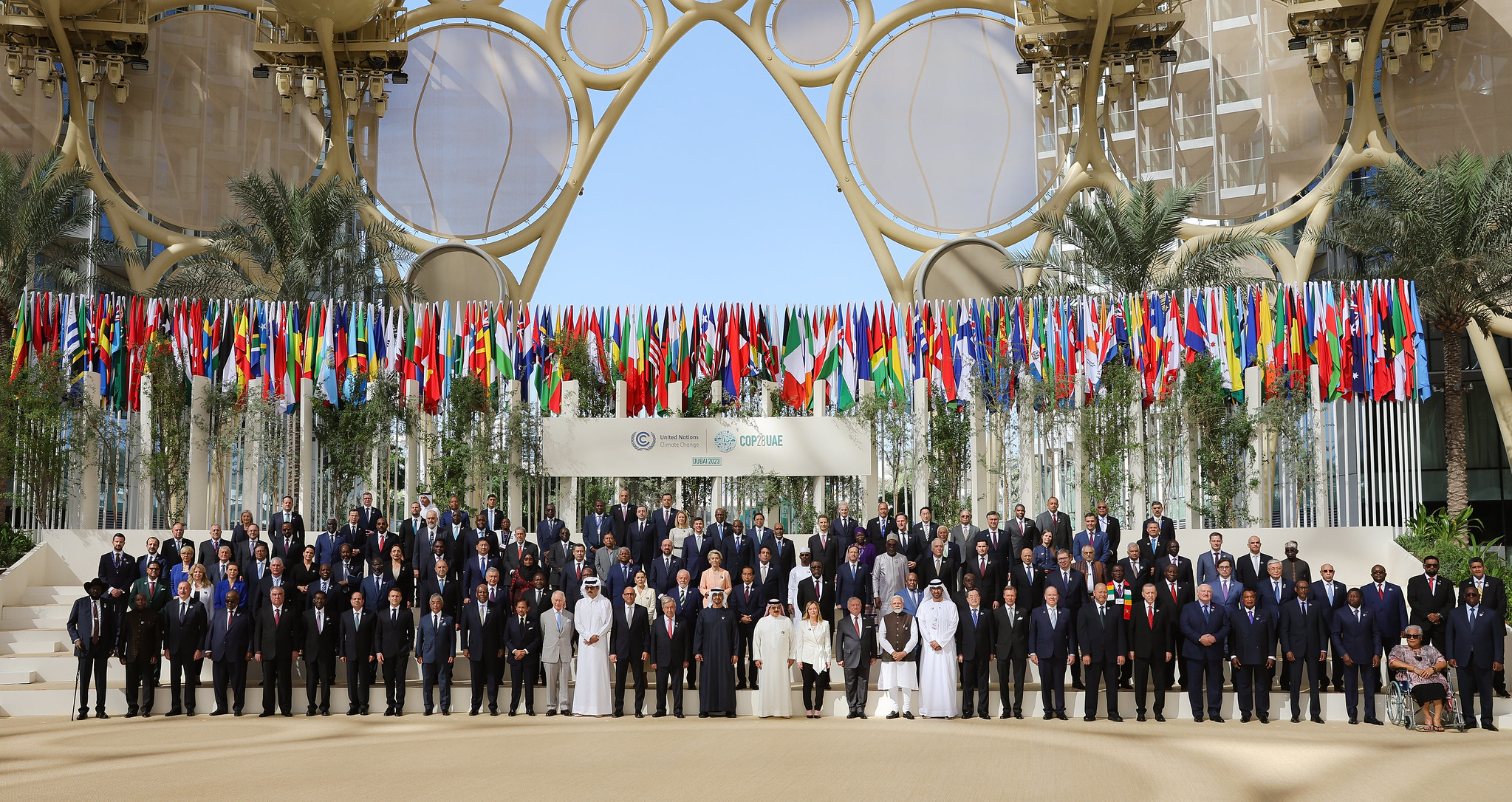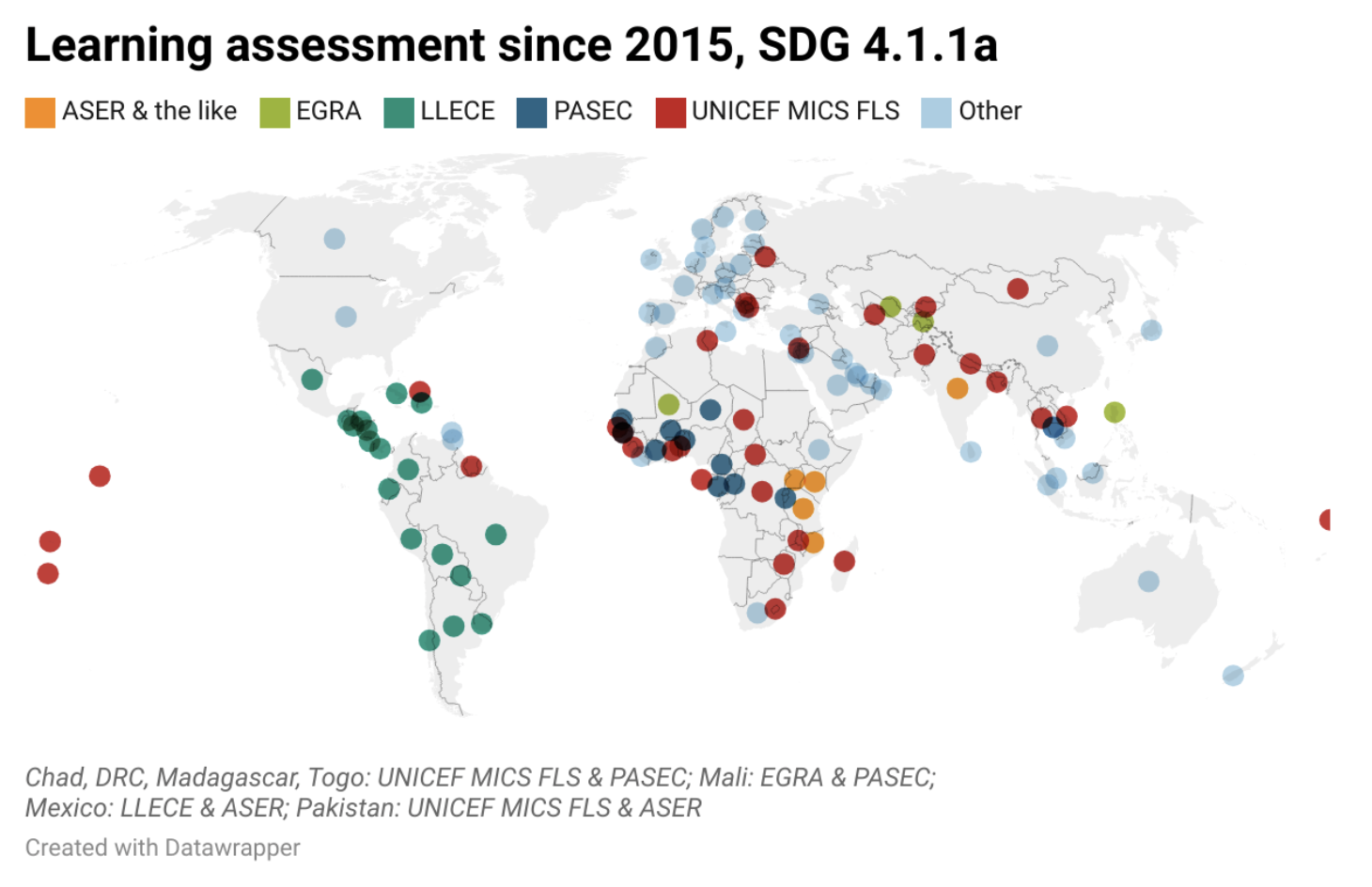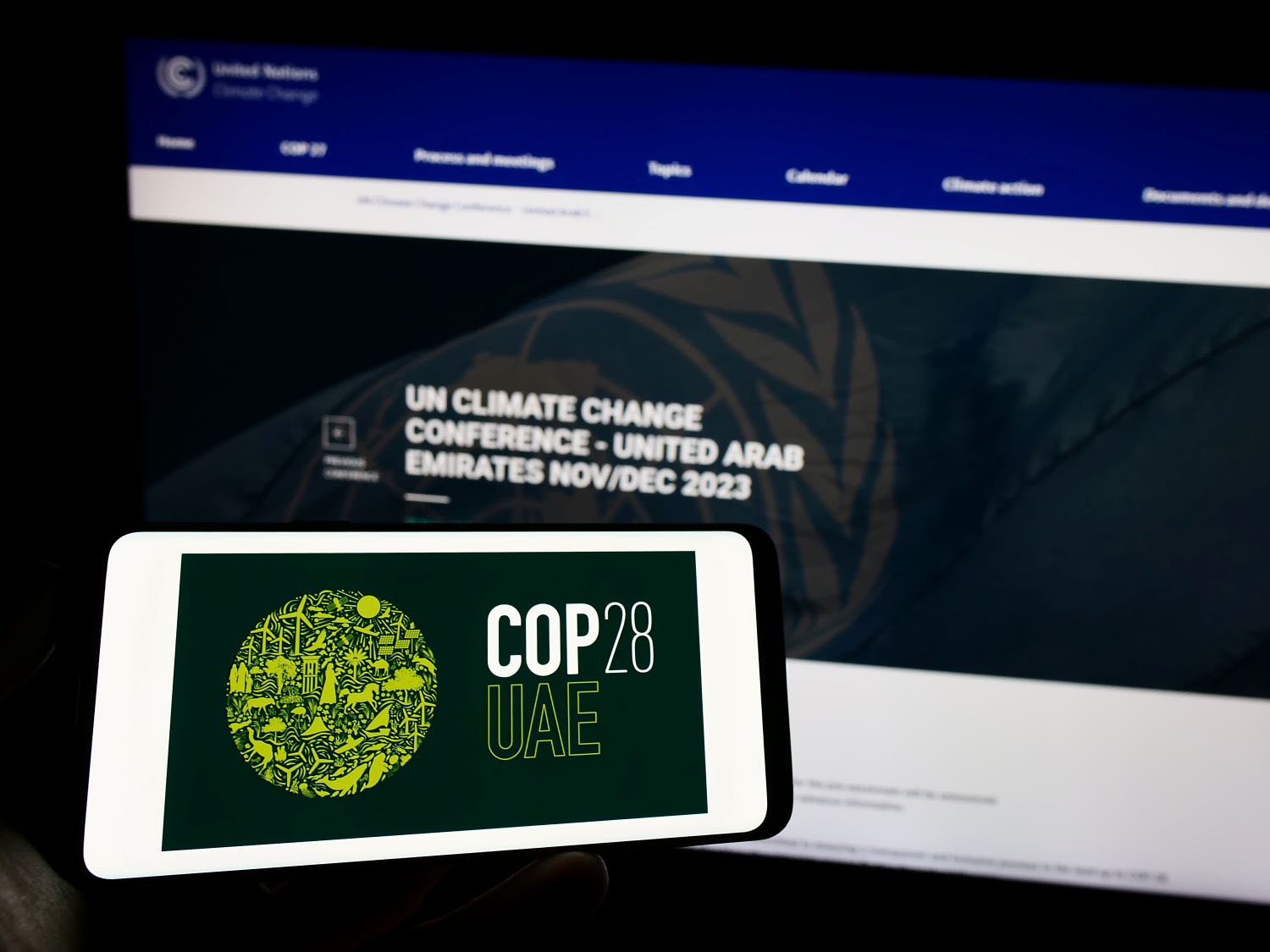It’s crunch time for the Global Compact for Migration. The final text is to be locked by the end of July, ahead of the Compact’s adoption slated for December 2018 in Morocco. I’ve spent a chunk of this year up in New York talking with the negotiators about their frustrations and triumphs.
There has been progress. But greater advance on dialogue can mean greater deadlock on content. In multiple side conversations I’ve heard key participants express some measure of uncertainty that a substantial enough Compact will happen at all.
Several challenges now face the co-facilitators—Mexico and Switzerland—in charge of drafting the text. They echo the challenges from the start of negotiations earlier this year.
Navigating redlines
In my firsthand observation, what’s emerging is a set of words and phrases that are red lines for states one way or another—some states insist certain words or phrases be removed, while others insist those same words or phrases remain. The co-facilitators face the challenge of identifying exactly what the problem points are, and who—if anyone—will walk away from the Compact over any one of these issues.
Some redline items in current debates stem from big issues that have preoccupied the negotiations from the beginning.
First, will the final text commit migrant-origin countries to accept returned migrants? Such a provision is viewed by some migrant-origin countries as infringing on their sovereignty, while its absence is viewed by some migrant-destination countries is infringing on their sovereignty.
Second, some migrant-origin countries want services and protections to be offered independently of regular status—the concept of “firewalls” between enforcement and services—while some migrant-destination countries see firewalls as outside meddling in how they govern.
Third, many migrant-origin countries insist the Compact commit, in some measure, to new regular channels for migration. Many destination countries doubt that such regular channels can easily substitute for irregular migration. They wonder, if in fact, regular channels may actually encourage irregular migration by expanding the international networks of potential irregular migrants.
Fourth, there is the perennial question: Who will pay for operationalization?
Bring evidence to the table
These sticking points seem to embody bigger controversies over the definitions and effects—real and perceived—of migration. What might help move the needle as Member States near the final negotiations?
Several participants have told me that one way forward: evidence. I’ll offer three examples of how it can help.
There is evidence, for example, that regular channels can strongly deter irregular migration—but generally two conditions need to be met. The first is that the regular channels are built with some adequate recognition of economic and demographic drivers of migration. The second is that adequate regular channels are paired with robust enforcement, particularly in established migration corridors. I have written earlier, with Michael Clemens, about the evidence on this from the US-Mexico border and the parallels to the near future in Europe.
A second example is the fear of “brain drain.” It’s an oft-cited caution from developing origin states, who are suspicious of any semi- or skilled emigration for fear that it reduces the country’s human capital and development achievements. But evidence doesn’t always hold up. When migration programs are designed well, migration can be a significant development boon—benefiting not just the host economy, but importantly the development aims and economies of the origin country. The Global Skill Partnerships model—an extension of labor migration agreements similar to that of Australia’s APTC or Germany’s GIZ program—puts the training activities in the country of origin. This means a technology transfer, increased human capital (as not all trainees move), a buildup of institutional capacity, and the benefits of emigration (including remittances, as well as transfer of innovation and ideas).
And if development isn’t the central concern? The discussion around return policies is a good example. A number of destination states are seeking guarantees around migrant return practices (including the purported obligation of developing states to accept their nationals back). How a state pursues return policies is a matter of their own sovereign choices. However, history suggests that enforcement on its own is not enough, if the aim is to deter future irregular migrants. New and more regular pathways available to migrants, when coupled with enhanced enforcement, can displace some irregular migrant flows. Providing a viable opportunity to migrate regularly can change the incentives for migrants to pursue irregular pathways, particularly when enforcement efforts mean those irregular routes have a lower chance of success.
The common theme is that evidence suggests many ways that the deep concerns now dividing some participants in the negotiations can be directly addressed with cooperative regulation. The Compact is a once-a-generation chance to do just that.
Policy will drive implementation, and can also unlock the biggest benefits
The concerns states voice on protecting their sovereignty and ensuring the Compact doesn’t infringe on it in any way, shape, or form can perhaps be quelled somewhat in focusing on the fact that implementing the Global Compact on Migration will largely be a matter of a state’s own policies. Policy is ultimately what unlocks the potential benefits of migration.
The relationship between migration and development has been raised numerous times in negotiations, but is less explicit in the text. The latest draft added a new objective to “strengthen international cooperation and global partnerships for safe, orderly and regular migration.” This is, in part, aimed at clearly mentioning the migration-development relationship and the Global Compact’s relationship to other migration-as-development processes (such as migration in the Sustainable Development Goals). This new objective also includes what appears to be an effort to respond to a call for funding that became louder in the last round of negotiations, with a new objective in the text [Objective 23] calling for mobilization of “technical, financial and human resources… to assist all States in fulfilling the commitments outlined” in the Global Compact. (A louder, revitalized call for a financing component appeared to be [re-] introduced during the April round of negotiations, particularly coming from developing origin countries in Africa.)
The jury appears to be out on the necessity of the new Objective 23. While I did not speak with anyone nor hear statements that took a hardline against it, some did raise questions as to whether or not it is actually needed. The document is already long, and somewhat of a kitchen sink. Some find it repetitive. Others appear to take the position that it’s the most direct reference to migration as a tool for sustainable development that the document can get—and that’s not a bad thing. It provides a “hook” for states to work from when considering the role migration, and migration partnerships like the Global Skill Partnership, can play in spurring sustainable development win-wins and the policy choices that enable them.
Negotiations pick up again in early July. Various participants have told me that it will take leadership to overcome the differences that remain among negotiators. And the absence of any United States leadership is palpable since the US pulled out of the Compact last December. Whether the rest of the world can bridge the remaining divides is an open question. The answer will be clearer in several weeks.
Disclaimer
CGD blog posts reflect the views of the authors, drawing on prior research and experience in their areas of expertise. CGD is a nonpartisan, independent organization and does not take institutional positions.





